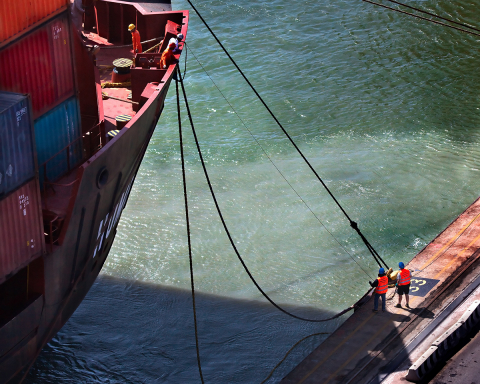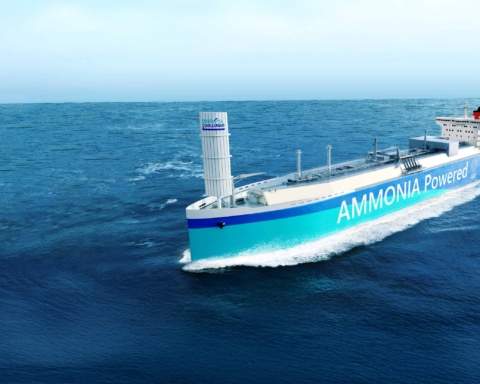Internet of Things, terminal automation, and self-propelled ships: the fourth industrial revolution is just around the corner, but maritime transport still seems to be at a standstill in the Stone Age, forgive me, the “Paper Age”.
This is demonstrated by the data emerging from a study by the European Commission entitled “State of play and barriers to the use of electronic transport documents for freight transport”, according to which the digital management of documents within the various modes of transport remains an almost marginal practice.
The report, commissioned from the consulting firm ECORYS, the law firm Grimaldi and the Institute of Shipping Economics and Logistics, only took into account documents regarding transport activities; the transmission of data and information on customs or control of goods were not included.
The result that emerges is disconcerting: if, in the air sector, only 40% of documents are transmitted in digital format, in the rail sector the percentage is reduced to 5%, In the maritime and multimodal mode, paper is still the master when producing and transmitting documentation accompanying the goods (DDT or transport documents, international waybills or CMR, Certificates for the safety of the transport of dangerous goods or ADR, etc.).
The report points out that, in the airline sector, operators have managed to achieve satisfactory results mainly thanks to the greater concentration of the market, the presence of fewer supervisory authorities and the higher level of internationalization of its industry. Maritime transport, on the other hand, suffers the greatest delays due to both the fragmentation of procedures and supervisory authorities, and the lack of confidence in the authenticity of digital documentation by banks and insurance companies.
Researchers predict that no tangible results will be seen in this transport mode before 2030, and, anyway, even by then, the complete transition to digital documentation will be limited to only 5% of cases.
The European Maritime Single Window Environment will certainly contribute to promoting the digital mode, facilitating the electronic transmission of information in relation to obligations for reporting ships arriving or berthing in or departing from EU ports. It will, however, need to be placed within an extended regulatory framework that is, above all, binding for Member States and control authorities, otherwise it risks having limited impacts in the years to come.
According to the study, the production of paper documents, in addition to being more error-prone, entails a total annual cost, at European level, of €7.9 billion, largely due to the increased workload required to process and manage information in a non-digital format.
This is why the European Union has set itself the objective of promoting the development of interoperable IT systems among all European countries and of increasing the acceptance of computerized document exchange systems, also with reference to the banking and insurance sector.
The benefits of this process would be substantial: for the EU, full harmonization of document exchange procedures would mean €27.3 billion in net benefits, resulting in €12 billion in social benefits (including environmental externalities), and as much as €19 billion in lower costs for businesses.
The calculated benefits would by far outweigh the 4.7 billion euro adjustment and digital transition charges for the private stakeholders involved and the 268 million euro adjustment charges for public authorities.
It is therefore not surprising that digitization is one of the priorities for the transport sector for the forthcoming 2021-2027 programming period, with the prospect of an increase in the funds allocated to this objective.
Translation by Giles Foster




